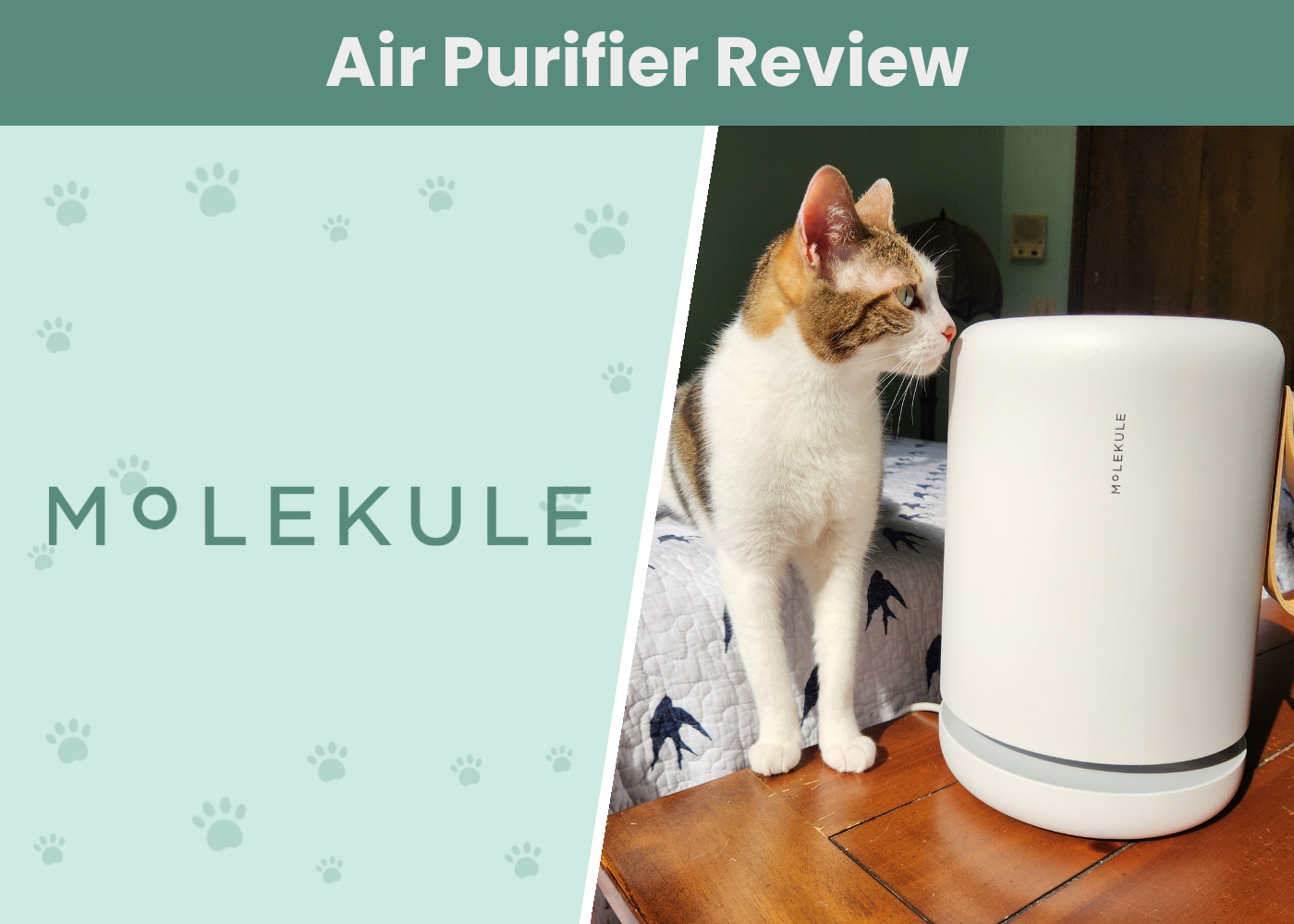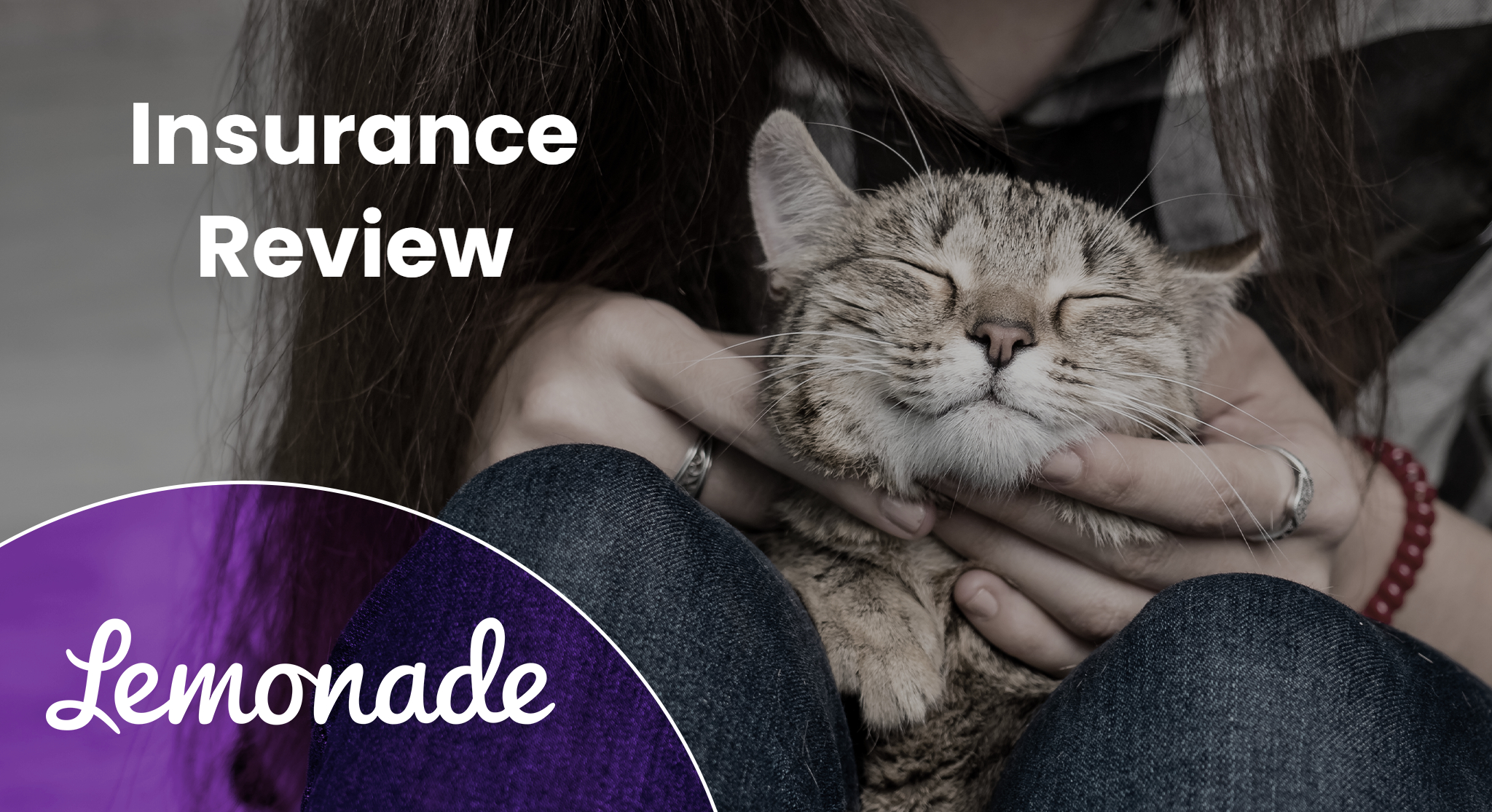For cat owners, feline fur babies mean the world. Cat owners love to snuggle up with their cats and doze off listening to their purrs or even playing games with them – the rich and famous are no different. The rich and famous love to post their beloved felines on social media, and some cats even cash in on the exposure.
In this article, we’ll explore the cats of the rich and famous. Some of the celebrities on the list may surprise you. Without further ado, let’s find out what celebrities have cats.
Top 20 Celebrities With Cats
1. Taylor Swift
There is no doubt that Taylor Swift is among the most recognized names among the rich and famous, and she loves her three cats. Tay-Tay, as fans call her, has two Scottish Folds named Meredith Grey (from the hit show Grey’s Anatomy) and Olivia Benson (from the hit show Law and Order). She also has a Ragdoll by the name of Benjamin Button. Tay-Tay takes her cats just about everywhere she goes. Oh, and FYI, Olivia is worth 97 million for her commercial work.
2. Britney Spears
Britney Spears owns a cat named Wendy that looks like a cheetah. Britney posted a pic of Wendy, who was cuddled up in a wedding veil, on Instagram.
3. Drew Barrymore
Drew Barrymore has been coined the “crazy cat lady” due to her love of cats. In 2018, she rescued and adopted three female cats; two were for her young daughters, and the other one was for Drew herself. The cats’ names are Lucky, Peach, and Fern. Drew is a huge advocate for homeless animals, which makes her a-okay in our book.
4. Cameron Diaz
Cameron Diaz loves her dogs and cat. Her cat’s name is Little Man, and he’s adorable. Little Man is solid white and loves to wear fashionable clothing. He even joins Cameron on shopping trips while wearing fancy clothes.
5. Katy Perry
Katy Perry owned a cat named Kitty Perry. How cute is that? Sadly, Kitty Perry passed in 2020, leaving Katy Perry devastated. Katy owned Kitty for 15 years, and the cat even made a cameo appearance in her video for the hit song “I Kissed A Girl.” Kitty Perry was also in many photos with fans and her human mom. Perry also used a large inflatable head of Kitty Perry on stage as a decoration.
6. Kate Beckinsale
Kate Beckinsale has two cats: Clive and Willow, whom she shows off often on social media. Clive is a senior Persian who doesn’t seem to mind his mom’s shenanigans when it comes to posting pics of him dressed up in a costume. His face looks grumpy, but we know he secretly loves the attention his celebrity mom gives him. Willow is a little handful, but Kate loves her all the same.
7. Miley Cyrus
Miley Cyrus is a huge animal lover and owns many pets, so much so that it’s hard to keep up with. At one time, it was thought that Miley and her ex, Liam Helmsworth, had their own personal zoo. As far as we can tell, Miley has three cats: Keke, Lilo, and Shanti, who are all rescues. She also has many dogs, two horses, and even a pig.
8. Jennifer Lopez
Jennifer Lopez adopted a kitten in 2021 that goes by the name Hendrix. Her fans believe Hendrix could be a Devon Rex, which is a very expensive cat to buy from a breeder. Her fans apparently attacked her regarding getting the cat because they thought she should rescue rather than buy from a breeder. It is unknown if Hendrix was rescued, but he sure is cute and loved.
9. Martha Stewart
Martha Stewart’s cat, Princess Peony, died tragically after being attacked by her four dogs. Apparently, the cat was accidentally locked outside, and her dogs mistook the cat for a squirrel. She took to social media after the incident because she felt what had happened was “a fact of life.” Martha is no stranger to owning cats; she has had over 20 cats living on her estate over the past 40 years.
10. Nicole Kidman
It’s no secret that Nicole Kidman is a cat person. She recently rescued a black and white cat named Louis. Nicole and hubby Keith Urban have a house full of animals, including two other cats named Ginger and Snow and a dog named Jules. She also has farm animals at her Nashville and Australia homes.
11. Khloé Kardashian
Keeping Up With the Kardashians…cat? Well, Khloé’s anyway. Khloé’s daughter has an adorable grey cat affectionately called Grey Kitty. You can see photos of the two on social media, and it’s obvious her daughter is in love with Grey Kitty. Khloé loves the cat, too; she posts pictures on social media of Grey Kitty hanging out while she works out or lounging in bed.
12. Kat Dennings
The Two Broke Girls star has always been a cat lover and has owned three in her 35 years. Her first cat, Daisy, appeared on her front as a stray when she was just a child. Pumpkin, another stray, showed up when Kat was a teenager but sadly passed away some time ago. Heartbroken, Kat didn’t think she could have another cat, but when her current cat, Millie, pounced her way into her life, that was all she wrote. Millie, who is thought to be a Norwegian Forest Cat mix, is the love of her life.
13. Ricky Gervais
Ricky Gervais has a cat named Pickle, whom he fostered during the COVID lockdown, but there was no way he was not keeping Pickle. The British actor and comedian fostered Pickle 7 months after his beloved cat, Ollie, passed away at 16 years old. You can see goofy and fun pictures of Ricky and Pickle on Instagram. Pickle likes to stand, which is absolutely adorable.
14. Mark Ruffalo
Mark Ruffalo is an enormous cat fan and has owned five cats, mainly since he has become a celebrity. The cats’ names are Biscotti, Inky, Felix, Magnus, and Hansel. His daughter takes pictures of Mark and his cats frequently and posts them on Instagram. You can tell in the pictures that Mark is smitten with his kitties.
15. Russell Brand
Russell Brand loves his cats; you could even say he’s obsessed with his feline friends. He has had two cats: Morrissey and Jericho. Morrissey sadly passed away in 2020, leaving Russell devastated. The death affected him greatly, as any cat owner who has lost a cat knows this feeling of despair. Russell had Morrissey for 16 years. As far as we know, his cat Jericho is still alive.
16. Robert Downey Jr.
Robert Downey Jr. loves his two cats: Montgomery and Dartanian. He regularly posts videos and pictures of his feline companions and has even stated he can’t imagine his life without them. If you want to see his cats, follow him on his multiple social media platforms.
17. Jennifer Garner
Jennifer Garner has a cat named Moose. She even posted an adorable picture on Instagram of Moose in a cute hat for International Cat Day. Moose is a Himalayan mix who loves to stroll around in a baby stroller with his famous mom, which is too cute for words.
18. Mayim Bialik
The Big Bang Theory and Blossom star has three cats at home and has always been a cat lover. Mayim loves raising her sons with their three rescued cats, Addie, Frances, and Nermal. She feels cats can teach boundaries, something she wants her sons to learn in life. She’s stated that her cats bring comfort when she’s sad and has been with her through troubled times, such as a divorce and the loss of her father.
19. James Franco
Some people were raised as a dog person, but like many of us, James Franco was raised as a cat person. He has even been known to arrive at black-tie events with cat hair covering his clothes and shoes. He has two cats: Zelda and Sammy. His brother, Dave Franco, also shares a love for cats alongside his brother.
20. Jesse Eisenberg
We have to applaud Jesse because he fosters abandoned and homeless cats. While in China in 2018, he found three abandoned kittens in a box on the street and found them all homes. He took to Chinese social media about the abandoned kittens, which went viral. We applaud you, Mr. Eisenberg. As far as his own cats, well, his cats are not cuddly, but he has them.
Conclusion
The rich and famous love their cats just like ordinary people. A few of them are even obsessed with their cats and love to show them off on social media. It’s common to find pictures of A-list celebrities loving on their feline fur babies, which ultimately can boost their careers simply because they are cat lovers. Some cats of celebrities are even famous in their own right.
We hope you’ve enjoyed exploring the cats of the rich and famous. The next time you see one of the celebrities from our list, we hope it makes you smile thinking of their beloved cats and how much they love them.
Featured Image Credit: kuban_girl, Shutterstock
Contents
- Top 20 Celebrities With Cats
- 1. Taylor Swift
- 2. Britney Spears
- 3. Drew Barrymore
- 4. Cameron Diaz
- 5. Katy Perry
- 6. Kate Beckinsale
- 7. Miley Cyrus
- 8. Jennifer Lopez
- 9. Martha Stewart
- 10. Nicole Kidman
- 11. Khloé Kardashian
- 12. Kat Dennings
- 13. Ricky Gervais
- 14. Mark Ruffalo
- 15. Russell Brand
- 16. Robert Downey Jr.
- 17. Jennifer Garner
- 18. Mayim Bialik
- 19. James Franco
- 20. Jesse Eisenberg
- Conclusion











